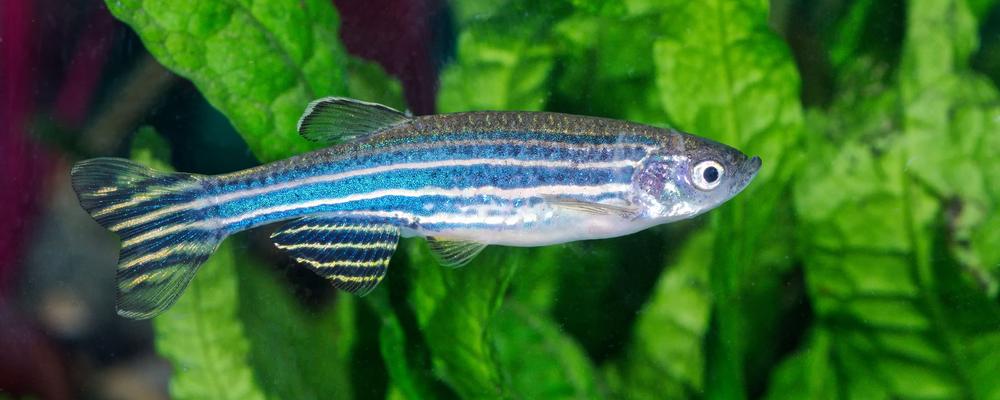Chemical cocktail impacts the growth and behaviour of fish
Chemicals are continually spread in the environment, and both humans and animals face constant exposure. New studies on zebrafish show that endocrine disrupting chemicals do not just affect adult fish but also their larvae, including impacting their behaviour.
The fish were exposed at early stages of development and the larvae’s behaviour was tested. Organisms are particularly sensitive to EDCs if exposed at early development stages. The critical mixtures used in the experiments contained several phthalates, perfluorinated chemicals and bisphenol A and triclosan.
The studies were conducted as part of the EU project EDC-MixRisk, which recently resulted in an article in Science. In the article, the researchers were able to find support for a suspected risk for child language development and developed new principles for risk assessment of chemical mixtures.
The ECD-MixRisk study
The study was a collaboration between seven Swedish and six international high education institutions and was conducted in three steps. The first step identified a mixture of chemicals in blood and urine of pregnant women based on the SELMA study from Karlstad University. These could be linked to delayed language development in the children. The critical mixture included several phthalates, bisphenol A and perfluorinated chemicals.
In the second step, experimental studies examined the connection between human-relevant levels of these mixtures and endocrine disruption or other biological mechanisms.
The third step used the findings from the experimental studies to develop new principles to assess risks for EDC mixtures.
Read more: Exposure to chemical mixtures during pregnancy linked to delayed language development | Uppsala University (mynewsdesk.com)
Link to article in Science: https://www.science.org/doi/10.1126/science.abe8244
